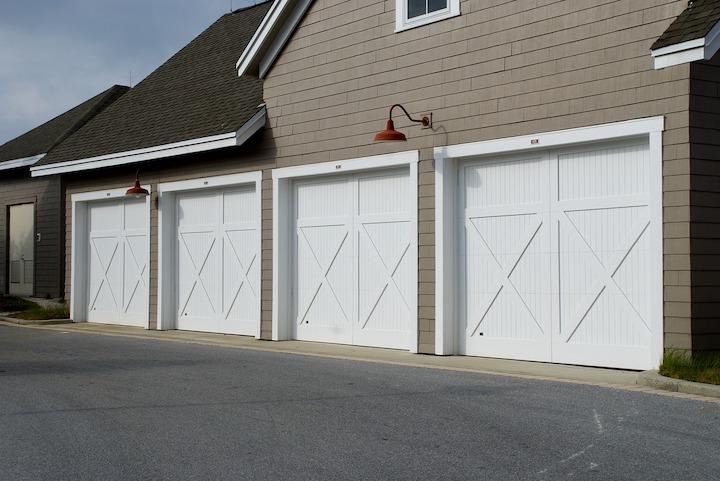Q: I have a question about the ambient air temperature sensitivity of LED under-cabinet lighting. I recently installed a countertop and sink under an existing overhead cabinet in my garage. The garage is insulated and the nighttime temperature does not go below freezing, but tends to hover between 35 and 40 degrees during sub-freezing weather. I am considering mounting a single 3- to 4-foot LED fixture to light up the sink area and counter, but I am concerned about how well LED performs in cold temperatures — say, between 35 and 60 degrees. I need a higher-output fixture to ensure adequate lighting for task work. We have strip LED under-cabinet lighting in the kitchen and we have been very pleased with it. Plus, we woud like to take advantage of the energy efficiency and slim profile of LED fixtures for my garage application. Would LED be a satisfactory choice for a garage application? Or would halogen or fluorescent lighting produce better results in lower temperatures? I’d rather not use halogen since I have received feedback from friends who use it and it seems like they are forever replacing bulbs.
A: Yours is a good question. I knew that LEDs did well in exterior fixtures where temperatures dropped into the low 20s, when CFLs in many outside fixtures would not start up. Before giving you a definitive answer, I wanted to talk to a manufacturer who makes LED task lights. I spoke with Allison Winton at Radionic Hi-Tech Inc. She said that their affordable ZX Series under-cabinet fixtures will work great in a garage type of setting where the ambient temperature is 35 to 40 degrees. They offer two color temperatures at 62 to 66 lumens per watt (which is more than adequate). They come only in 12-inch or 19-inch versions, but can be linked together. These models are plug-in, but a hard-wire version was forthcoming. If there are other manufacturers out there, get me samples so I can test them out. I’m a “show-me” kind of guy. As a side note, Winton also mentioned that LEDs in general are ideal for cooler temperature locations (down to approximately 20 degrees). Stores like Wal-Mart have installed LED lighting in their freezers and refrigerators because they hold up so well in cool settings and save energy in these types of “24/7” applications. A million Wal-Marts can’t be wrong.
Related Question
Q.: Randall, what is the correct mounting height for swing-arm lamps?
A.: Swing-arm lamps can be a very flexible source of illumination that doesn’t take up space on bedside tables. Mounting them at the correct height is critical, however. If they are too high, they will be a source of glare. If they are too low, the client may have to slump into an uncomfortable position to read.
The best way to find the correct mounting height is to have your clients get into bed and hunker down against the pillows in their normal reading position. Then measure from the floor to just above their shoulder height because the optimum spot to position task lighting is between head and work surface. People sharing a bed may nest in at different heights. Some compromise should be made on both sides, so the reading lights can be mounted at matching heights. I prefer a reading light that adjusts both vertically and horizontally.







